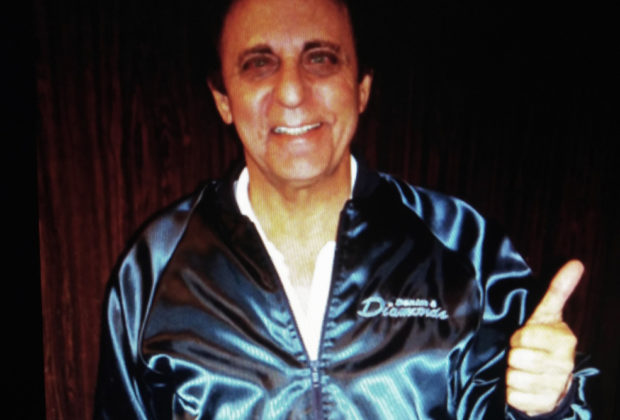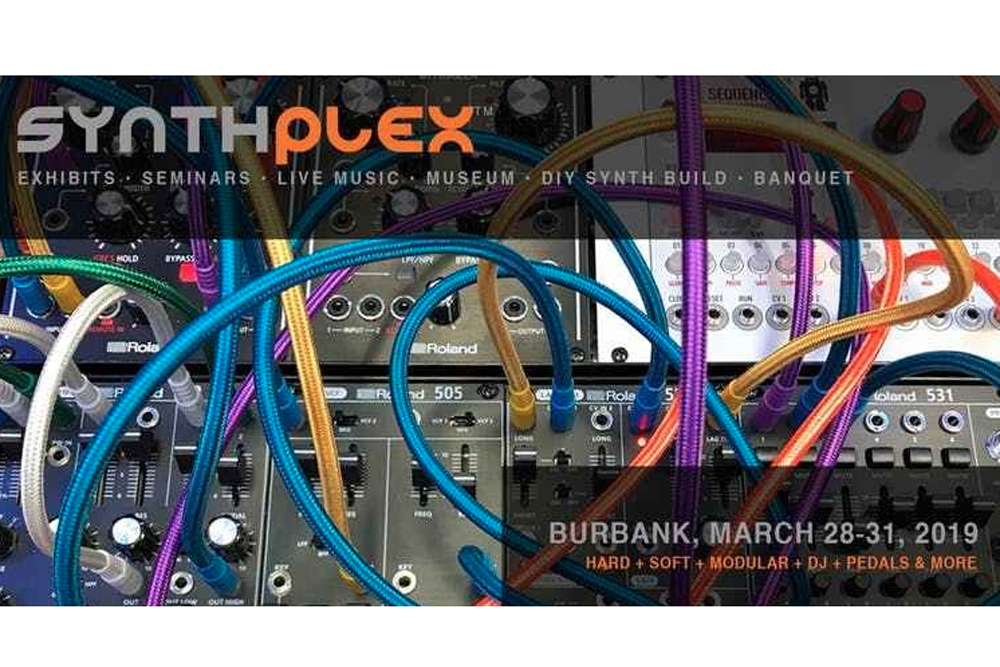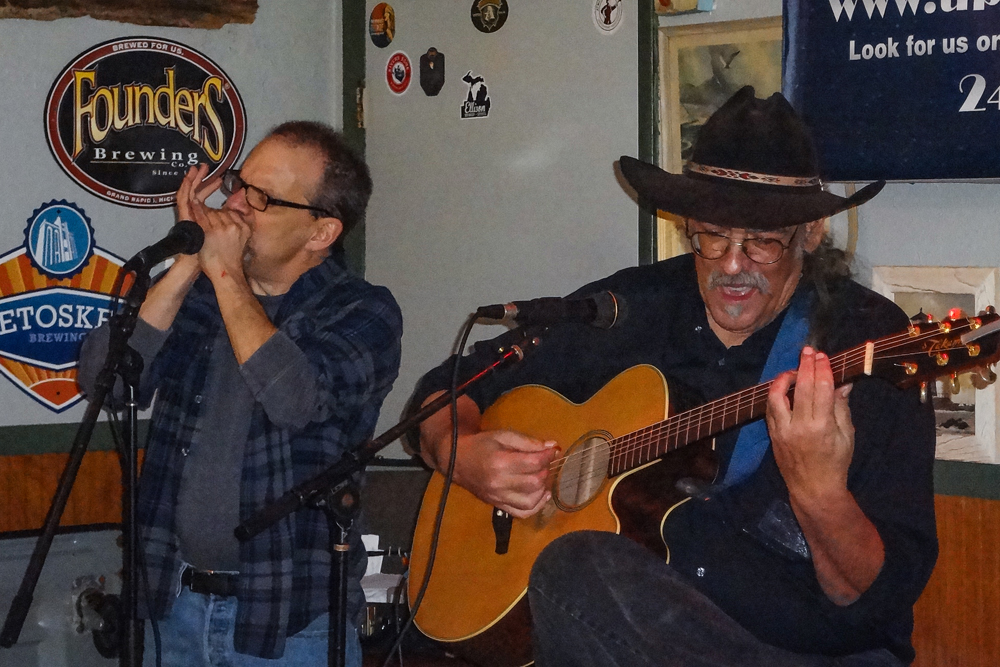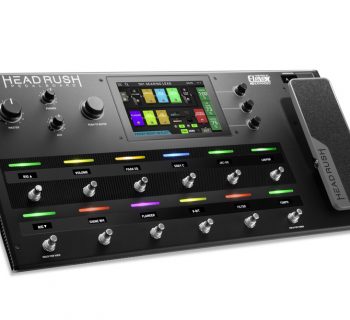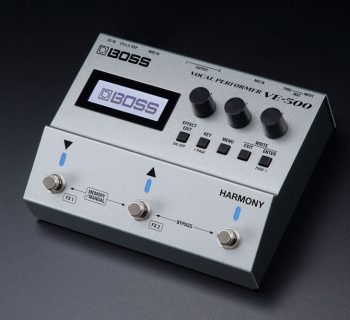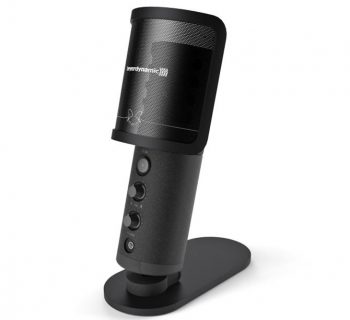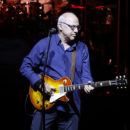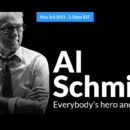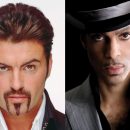The legendary drummer Hal Blaine who played on hundreds of hit recordings passed away on March 11th of natural causes in Palm Desert Ca. He was age 90.
His work was the beat behind many chart topping efforts of Johnny Rivers, the Byrds, Association, Mamas & Papas, Herb Alpert & The Tijuana Brass, Beach Boys, Simon & Garfunkel, the Carpenters, 5th Dimension, the Monkees, Sam Cooke, Frank Sinatra, Barbara Streisand and the production endeavors of Phil Spector.
In February I was at his 90th birthday party at Don Randi’s Baked Potato in North Hollywood. Charlie Watts, Jim Keltner, Russ Titelman, Chad Smith, Russell Wapensky, The Honeys, Dean Torrence, Denny Tedesco, Slim Jim of the Stray Cats, Denny Seiwell, David Leaf, and Rodney Bingenheimer were in attendance. All came by to pay their respects and help out a charity auction. Hal joined Don Randi on the bandstand for a version of “By My Baby.”
I knew Hal Blaine for 50 years. I did a term paper on him at Fairfax High School. He subsequently invited me to a 5th Dimension recording session.
Hal steered me to Pro Drum Shop on Vine Street. My life changed seeing the sparkle sets and equipment on the wall. I never knew there was a place for drummers and percussionists besides Wallichs Music City and Drum City.
For decades I called him Belsky, his real last name, and he would call me Harvala.
In the seventies I interviewed him numerous times for domestic and international publications. He once gave me a lift on his motorcycle between a 3 session day and also picked me up hitch-hiking once on Sunset Blvd. when he saw me at a bus stop on Fairfax Avenue when my car was in the shop. “Take me to Gold Star! I need to see this session.”
After it wrapped, Hal’s parting comical advice was: “Harvala. Please don’t get married in California!” Then every Wrecking Crew session veteran started laughing their heads off. I didn’t quite comprehend the reality on display. Just about every cat in the room started mentioning words I had never heard like alimony, custody and visitation.
During 1975-1980 I was on a handful of Phil Spector produced recording sessions at Gold Star studio handclapping and supplying tambourine and percussion instruments on The Ramones’ End of the Century album, as well as dates on Leonard Cohen’s Death of a Ladies’ Man and The Paley Brothers’ “Baby, Let’s Stick Together.” I think Hal was on the Dion LP Phil produced.
To be on the floor in a recording studio on Santa Monica Blvd. with Hal, Don Randi, Don Peake, Ray Pohlman, Terry Gibbs, Dan and David Kessel, Jim Keltner, Barry Goldberg, and the giants, directed by Phil Spector with engineers Stan Ross, Dave Gold or Larry Levine at the console.
One memorable session Hal and Don Randi spent 20 minutes reminiscing about Lenny Bruce. Hal did a club gig with Lenny during 1953 in San Bernardino, and Don did some record promotional duties for Lenny one week in the late fifties when he was at a record distributor in Los Angeles.
I also hung out with Hal around a couple of dozen dates when I was an occasional food-runner. We always liked regular mustard on corn beef at the local delicatessens. No Dijon.
In my last 2008 interview with Hal, for the liner notes I penned for the Elvis Presley ’68 Comeback Special 40th anniversary booklet, we focused on Elvis.
Blaine had already enjoyed ‘Hit Parade’ success with Presley in Southern California recording with him on “Can’t Help Falling In Love With You,” “Return To Sender,” and “You’re The Devil in Disguise.”
“I loved it,” enthused Hal. “It was one of those great times. It was at NBC, and we were all familiar with NBC working off and on again on different projects. And it was a great time.
“Elvis was terrific and loved us all because a lot of us had worked with him before. I was on the soundtrack of Blue Hawaii. Girls! Girls! Girls! was really a big one, too. ‘Hello. How are you doing?’ He was relaxed but sweated a lot. I had to hand him a Kleenex when he was wearing that leather suit. Elvis was Elvis and he was a phenomena. And that’s all there is to it. There was a song that we did and he wanted to show that he had an operatic type voice. Just a big voice. To me he was Elvis. That’s all there is to it. He was a one of. People who generally become famous are one of. He was also very handsome and all the ladies were crazy about him. He was a decent guy. I didn’t see anything unbelievable about Elvis. He was his own Sinatra. Sinatra was Sinatra and Elvis was Elvis.
“Billy Goldenberg the musical arranger was a terrific guy. Bones Howe had worked earlier with Elvis. I did my thing and that was it. Great fun. The big band was just super. It was just one of those historical specials. I knew the guys. I also recorded with the Lawrence Welk band and Neil Levang was the guitarist. Gary Coleman was the percussionist and I played drums on ‘A Little Less Conversation.’
“The Wrecking Crew could lock in with anybody. But with Elvis you’re gonna sit up a little straighter, maybe. I don’t know. When we finished we had to go out and do another session. I might have had two other gigs that day. I love DJ Fontana. I hung with him a lot on the set. We were just inducted into the Nashville Hall of Fame.
“Our job was making hit records and we loved it. The thing that I had in the early days I had Rick Faucher, my drum tech, whose still doing it for me, 44 years now, I had Rick go out and buy the biggest beach umbrella he could find and we put that on a boom stand where once I was on the drums, and we sawed it off at the pole. We could bring that over and down around my drums to cover me so that we could get a little less leakage anywhere.
“We did that at RCA and before long every studio wanted that same set up until they went to baffles. I was playing a set of drums that I gave to Ludwig and called it the Octaplus. Their biggest seller for all those years. And once I introduced those drums with Nancy on an Ed Sullivan special that was it. Every company in the world started making those drums. Had I known anything about patents in those days (laughs)…
“We were doing a job. We used to say: TTMAR. Take the money and run. Nobody knew how long it would last. Elvis came to Las Vegas and came backstage when I was there with Nancy Sinatra at Caesar’s Palace. ‘Hey Hal. You gonna come and work across the street with me?’ He expected me to join him for his debut and be part of that band but it was impossible.”
Over the decades I asked some of my interview subjects to reflect on Hal Blaine.
Brian Wilson: On Pet Sounds and SMile I had Phil Spector’s players: Lyle Ritz the bassist was also a ukulele player. He was a trip and played good stuff. Carole Kaye on bass. She was previously on ‘California Girls.’ Don Randi, keyboardist. Ray Polhlman. Fender bass. Hal Blaine was the greatest drummer I ever worked with.”
Bones Howe: The Fifth Dimension…Hal Blaine was on everything, and Joe Osborn . . . I discovered Joe doing those Johnny Rivers records with Lou Adler. Mickey Jones was the drummer on the first Rivers sessions, and Joe Osborn. He played the bass the way I thought, as a jazz player, rock ’n’ roll players should play the bass. Joe and Hal, together, really had the lock and the feel. Then Dennis Budimir and Tommy Tedesco—jazz guys on guitar. That’s kind of how I built a rhythm section.”
Jim Keltner: Leon Russell was the first record producer and arranger I ever worked with. I was very fortunate to have him as the first producer I came in contact with, because Leon always had a slightly different musical angle that he came from. I think Leon was always looking for something a little bit out of the box. I didn’t know that at the time. Hal Blaine was there, by the way. I thought he was there to play tambourine, but in actual fact, Hal was there just in case I couldn’t cut it [laughs]. I was coming from Don Randi, six nights a week playing at Sherry’s. I thought I was on top of the world with that gig.”
Jack Nitzsche: On my sessions from 1960- to 1962 I booked Leon Russell, Harold Battiste, Earl Palmer, Don Randi, Hal Blaine, and Glen Campbell . . . a lot of the players came out of my phone book. Phil [Spector] knew Barney Kessel. He had taken guitar lessons from him.
“Hal Blaine . . . I liked his work, but sometimes felt he overplayed. That’s just the way he plays. A lot of fills. As it turned out, Phil and the people loved the breaks Hal took, especially at the end of the tunes, the fades. Hal had a big kit. I liked the fills.”
Larry Levine: I used to have a theory, and I don’t know if it’s right or wrong, but part of the reason we took so long in actually recording the songs was that Phil needed to tire out the musicians, or they got to the point where they were tired enough so they weren’t playing as individuals. But they would meld into the sound more that Phil had in his head.
“Good musicians start out and play as individuals and strive to play what Phil wants. As far as the room sound and the drum sound went, because the rooms were small, with low ceilings, the drum sound, unlike other studios with isolation, your drums sounded the way you wanted them to sound. They would change accordingly to whatever leakage was involved.
“As a matter of fact, Phil once said to me the bane of his recording existence was the drum sound. A lot of people attribute to echo to what Phil was doing. The echo enhanced the melding of ‘the wall of sound,’ but it didn’t create it. Within the room itself, all of this was happening and the echo was glue that kept it together.”
David Kessel: I had the pleasure of growing up in the recording studio along with my brother Dan. We worked with Hal Blaine on many, many Phil Spector sessions, as 2nd generation Wrecking Crew musicians. My Dad, Barney Kessel and Step- Mother B.J. Baker (one of the top background vocalists and vocal contractors in L.A.) were friends of Hal.
“Hal once said to me at a session ‘The trick is that if you make a mistake at the beginning of a take, you have to remember the mistake through the whole song.’”
Chris Darrow: After being a member of both Kaleidoscope and the Nitty Gritty Dirt Band, I began working as a sideman for Linda Ronstadt, John Stewart and Hoyt Axton. During this period I ended up doing a lot studio work in Los Angeles with Stewart and Axton as well as James Taylor, John Fahey and many others.
“As a member of the American Federation of Musicians, Local 47 in Hollywood, I would have to call and see if the money from the sessions had come in. If so, I would drive to the office on Vine Street with copies of my W-2 forms and pick up the checks. Since I lived an hour away in Claremont, rush hour became an issue for me.
“One day I went to the Union and the check line was pretty short, so I was all ready to go visit a friend of mine until the traffic cleared. I was third in line and noticed that the person in front of me was the great drummer, Hal Blaine. The first guy in line picked up his check and was out in a flash. When it was Blaine’s turn, he pulled out a big stack of W-2s and laid them out on the counter. It took over 20 minutes for him to go through all the checks he was going to get that day. That’s how popular he was! I picked up my two checks and was out of there in no time.”
HARVEY KUBERNIK is an author of 15 books. His literary and music anthology Inside Cave Hollywood: The Harvey Kubernik Music InnerViews and InterViews Collection Vol. 1, was published in December 2017, by Cave Hollywood. Kubernik’s The Doors Summer’s Gone was published by Other World Cottage Industries in February 2018.
Harvey Kubernik’s The Doors: Summer's Gone has been nominated for the 2019 Association for Recorded Sound Collections Awards for Excellence in Historical Recorded Sound Research.
During December 2018, Sterling/Barnes and Noble published Harvey Kubernik and Kenneth Kubernik’s The Story of The Band From Big Pink to the Last Waltz.
This century Harvey Kubernik penned the liner note booklets to the CD re-releases of Carole King’s Tapestry, Elvis Presley The ’68 Comeback Special, The Ramones’ End of the Century and Allen Ginsberg’s Kaddish.
Featured Photo Credit: Jim Roup

